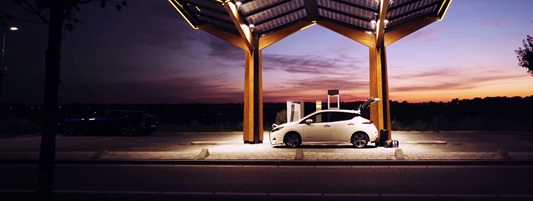Transportation costs
Contact us
Send a messageAbout
PHEVs are becoming commercialised, with mass-produced PHEVs now available to individual customers from an increasing range of manufacturers. Incremental costs over an equivalent ICE vehicle remain high, due to the high cost of battery packs. However, as battery technology improves and costs fall, PHEVs will become an increasingly economic choice for road transport. PHEV batteries are smaller than those in pure electric vehicles, but need to be more flexible, resulting in higher specific battery pack costs (~30%) due to the need for more robust battery cells (to handle increased cycling) and higher balance of system and battery management system costs.
Incremental costs depend on the size of the battery pack, but ranged from around USD 8 000 to USD 17 000 per vehicle in 2013. However, despite PHEV deployment being in its infancy, some manufacturers offerings – depending on all-electric range, relative electricity and gasoline prices, driving patterns and annual vehicle travel – already provide economic savings compared to the equivalent conventional ICE vehicle. As battery costs decline with increased deployment, this will be true for a wider range of vehicles and market segments by 2020.
Past Events
More events-
13-15 January 2023 Abu Dhabi, United Arab Emirates
Thirteenth Session of the IRENA Assembly










